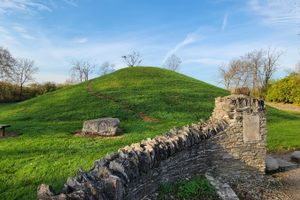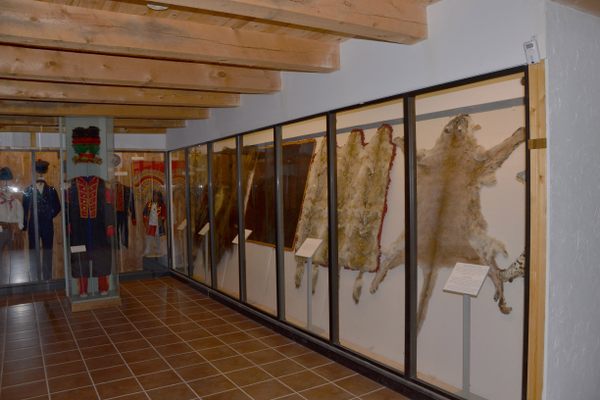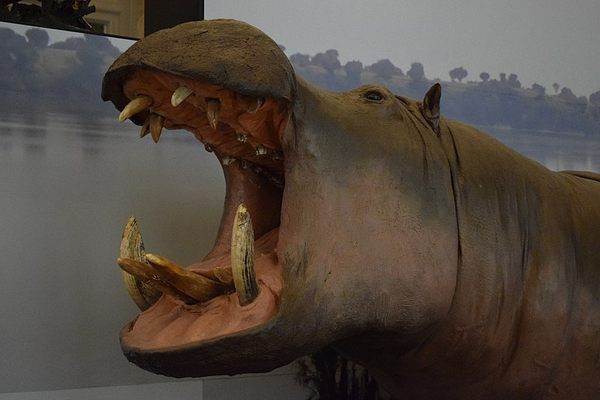About
This small museum in a Columbus suburb is a special place for historians and trappers that aims to preserve the heritage and history of trapping. It is the work of Tom Parr, Sr. an unassuming and very friendly older gentleman who is very involved in the North American Trappers Historical Society.
Parr operates the Trapper's World magazine and is very active in the trapper community, where he shares his wealth of knowledge about the history of the trade. Like Theodore Roosevelt, Parr is a conservationist at heart, and enjoys educating people on the humane use of traps and trapping. Now in his 70s, Parr is still an active trapper. He has assisted the state wildlife agencies in trapping, tagging, and releasing animals back into the wild for study purposes. He also assists the local airports and farmers with catching nuisance animals that cause damage or danger to others (mostly coyotes).
The museum, which opened in 1995, has a collection of more than 5,000 traps that come from all over the world and have a variety of designs and purposes. You can see tiny traps designed to catch rabbits and rodents and large traps meant for bigger creatures like bears and elk. An entire room of the museum is dedicated to different styles of mousetraps that have been designed and patented over the last 200 years. There are thousands of mouse traps on display, from familiar snap traps to more complicated and unusual designs.
In addition to the traps themselves, the museum features a variety of items from the fur trade including early tools, animal bait, vintage advertisements, and a vast library of books. A separate building houses a collection on loan from the Pennsylvania Historical and Museum Commission, with more than 150 rare traps from the late Richard Gerstell’s collection.
There is also a taxidermy display with many different specimens, from skunks and muskrats to a wolf and a bear. Don't miss seeing the giant trap sculpture and the trapper's cabin out behind the museum building.
Related Tags
Know Before You Go
The museum is always open by appointment. If you just stop by, Tom may or not be there, so it is best to call or email in advance and arrange a time. The phone number and email are on his website.
Community Contributors
Added By
Published
August 11, 2021








































